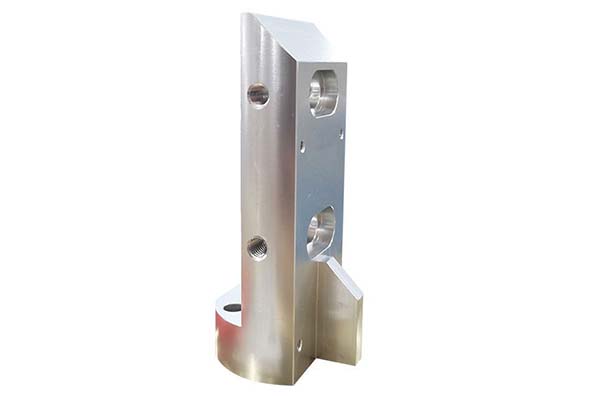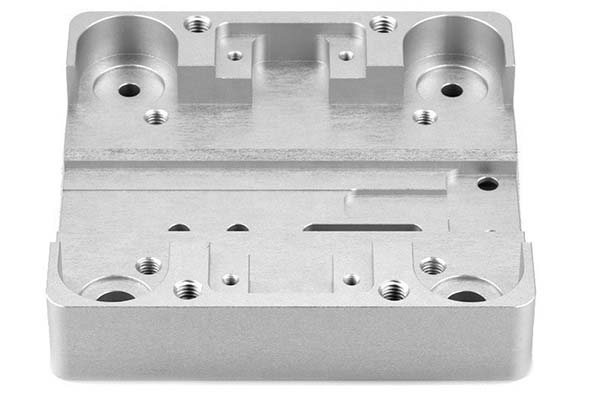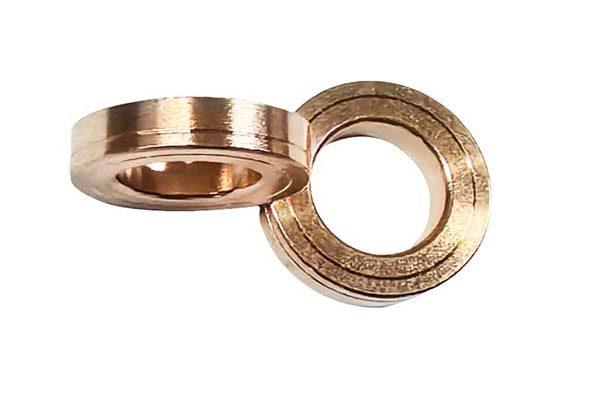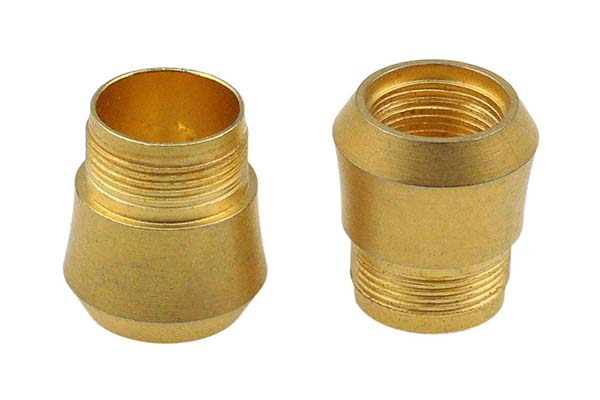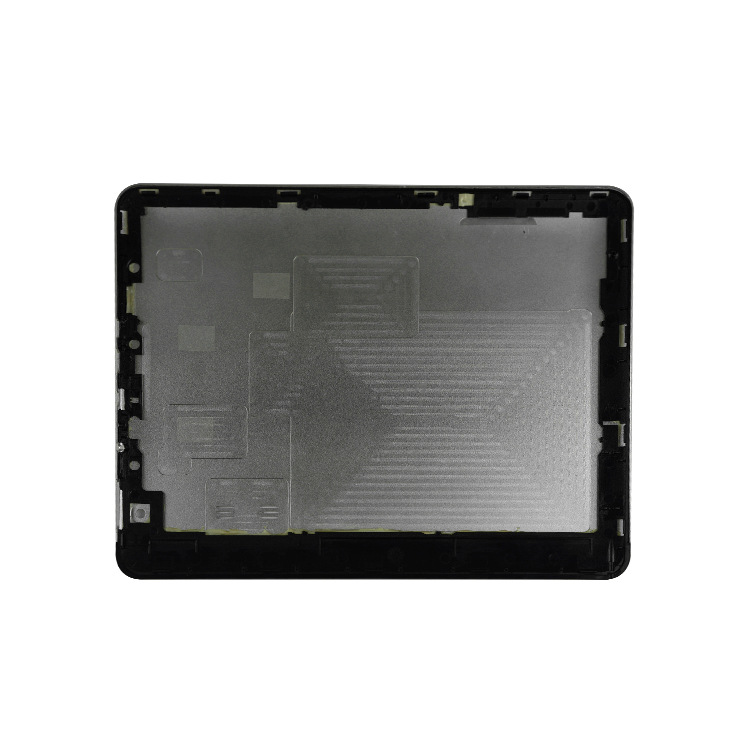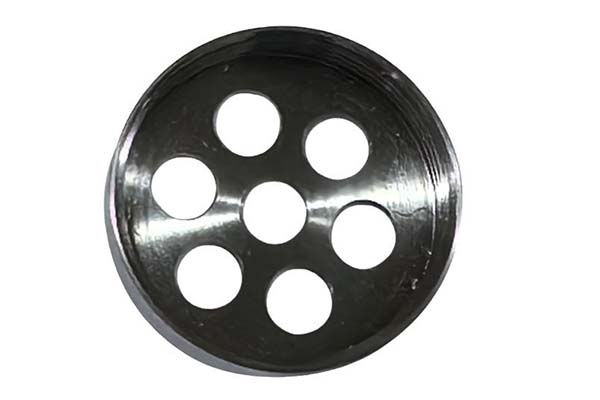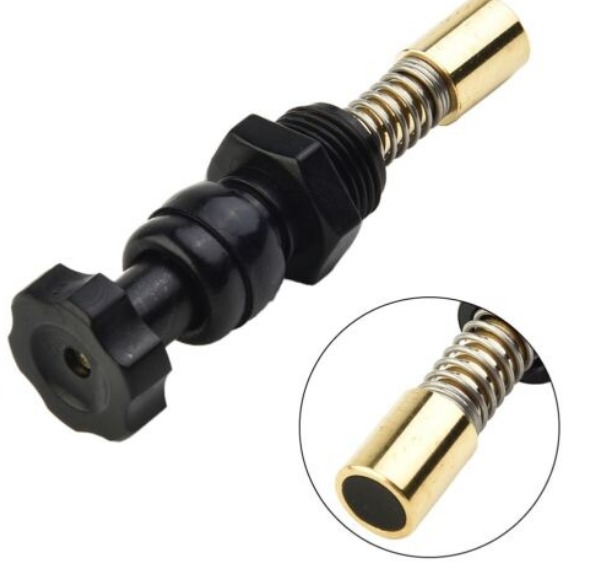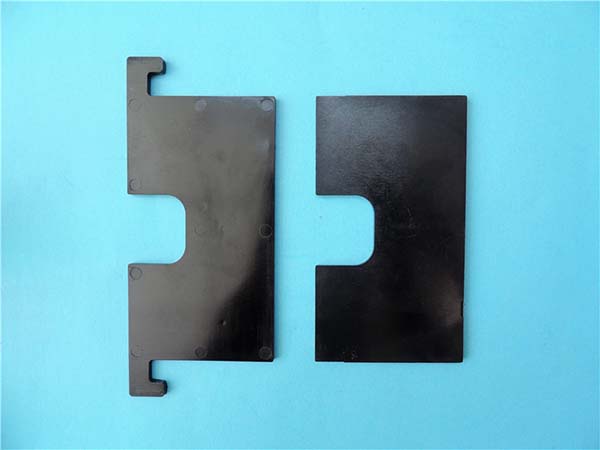Manufacturers often grapple with choosing the right aluminum alloy for CNC machining, especially when balancing strength, machinability, and cost. AL6061 T6 is a top contender, but many struggle with understanding its material properties, optimizing the machining process, and ensuring consistent quality. This guide addresses these challenges, providing detailed insights into CNC machining AL6061 T6 to help you achieve superior results.
Material Properties of AL6061 T6
Aluminum 6061 T6 is a precipitation-hardened aluminum alloy renowned for its well-rounded material properties. Its alloy composition includes magnesium (0.8 - 1.2%), silicon (0.4 - 0.8%), copper (0.15 - 0.4%), and chromium (0.04 - 0.35%), which work together to enhance its performance.
In terms of mechanical properties, it boasts a tensile strength of approximately 310 MPa and a yield strength of 276 MPa, making it strong enough for various structural applications. The hardness of AL6061 T6 is around 95 HB (Brinell), contributing to its durability.
While its corrosion resistance is good, it’s not as high as some 5xxx series alloys, but it can be improved with surface treatments. Its thermal conductivity is about 167 W/(m·K), which is beneficial for heat dissipation in electronics and mechanical parts.
CNC Machining Process for AL6061 T6
The Computer Numerical Control (CNC) machining process for AL6061 T6 is highly efficient due to the alloy’s excellent machinability. Machining centers equipped with advanced controls are typically used to achieve precision.
Tool selection is crucial—carbide tools are preferred for their durability, especially when dealing with higher cutting speeds. Cutting parameters need careful calibration: spindle speed often ranges from 3000 - 10,000 RPM, while feed rate is set between 0.002 - 0.005 inches per tooth, depending on the operation.
Toolpath programming should be optimized to minimize tool wear and ensure smooth cuts. The alloy’s consistent material properties make it predictable to machine, reducing the risk of unexpected tool breakage or part defects.
AL6061 T6 Applications
AL6061 T6’s versatility makes it a staple in numerous industries, with AL6061 T6 applications spanning:
- Aerospace components: Aircraft frames, wing parts, and structural brackets benefit from its strength-to-weight ratio.
- Automotive parts: Suspension components, wheels, and engine parts utilize its durability and machinability.
- Mechanical engineering: Gears, shafts, and hydraulic manifolds rely on its precision and strength.
- Electronics enclosures: Its thermal conductivity helps dissipate heat from sensitive electronics.
- Structural frames: In construction and industrial settings, it provides sturdy support.
- Consumer products: From bike frames to furniture, it offers a balance of form and function.
Machining Techniques for AL6061 T6
Mastering machining techniques is key to maximizing the potential of AL6061 T6. Milling is commonly used to create complex shapes, with end mills chosen based on the part’s geometry. Turning is ideal for cylindrical parts, ensuring smooth surfaces and tight tolerances. Drilling operations are straightforward, but using sharp drills with proper coolant reduces burring.
Tolerance control is achievable with AL6061 T6, often holding tolerances as tight as ±0.0005 inches for critical features. Surface finishing techniques like sanding or polishing can be applied post-machining to enhance aesthetics and performance. The alloy’s machinability allows for efficient production of both simple and intricate parts.
Quality Control in AL6061 T6 Machining
Maintaining high quality in AL6061 T6 machining requires robust quality control measures. Dimensional accuracy is verified using tools like coordinate measuring machines (CMMs) to ensure parts meet design specifications. Surface finish is inspected using profilometers, with typical roughness values ranging from 1.6 - 6.3 μm Ra, depending on the application.
Inspection methods also include visual checks for defects like cracks or burrs. Adhering to quality standards such as ISO 9001 ensures consistent processes. Non-destructive testing (NDT) methods like ultrasonic testing may be used for critical parts to detect internal flaws. Proper documentation and certifications provide traceability, ensuring that each batch of AL6061 T6 parts meets the required quality levels.
Yigu Technology, a trusted parts custom manufacturing supplier, excels in CNC machining AL6061 T6. Our expertise in optimizing machining processes and strict quality control ensures parts with precise dimensions and superior surface finishes, meeting the needs of aerospace, automotive, and industrial clients.
FAQ
- How does AL6061 T6 compare to AL5052 in terms of machinability?
AL6061 T6 has better machinability than AL5052 due to its lower magnesium content, which reduces tool wear. It allows for higher cutting speeds and more efficient production of complex parts.
- Can AL6061 T6 be welded?
Yes, AL6061 T6 can be welded, but welding may reduce its strength in the heat-affected zone. Post-weld heat treatment can help restore some of the strength, making it suitable for applications where welding is necessary.
- What surface treatments are suitable for AL6061 T6 to improve corrosion resistance?
Anodizing is a popular surface treatment for AL6061 T6, creating a protective oxide layer. Other options include painting, powder coating, or applying chemical conversion coatings, all of which enhance its resistance to corrosion.
